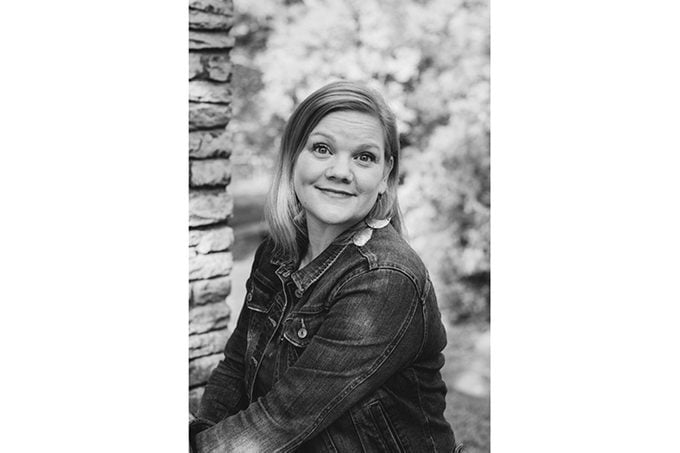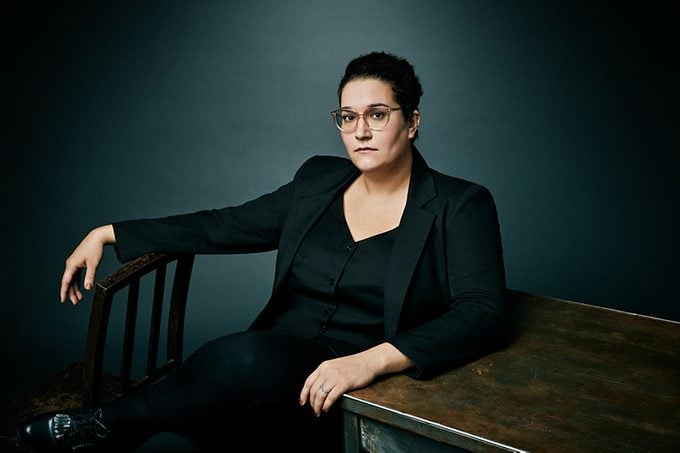Narrative practices have emerged as a powerful tool in aiding domestic violence survivors on their journey toward healing and improved well-being. Let’s delve into how these practices are making a difference.
Researchers, including
Jenifer Lunden and James W. Pennebaker, have found that narrative writing can be highly beneficial for individuals recovering from traumatic events
1 By encouraging survivors to express their experiences through writing, we tap into the healing potential of storytelling. These narratives allow survivors to process their emotions, reflect on their
journey, and find meaning in their struggles.
Assessing Wellness Dimensions:Survivors often face challenges related to trauma, displacement, and living in shelters. To enhance their quality of life, it’s crucial to focus on restoration.Combining personal narratives with research, a study explored Dr. Bill Hettler’s Six Dimensions of Wellness for domestic violence survivors residing in shelters 1.Participants answered survey questions related to their occupational, physical, social, intellectual, spiritual, and emotional wellness.Through this process, survivors gained self-awareness, identified areas for improvement, and developed a more positive attitude.
Breaking the Cycle of Violence:Domestic violence survivors often grapple with feelings of helplessness and resignation. Narrative practices empower them by shifting the narrative. Instead of viewing themselves as victims, survivors recognize their potential to resist or combat abuse 2. By sharing their stories, survivors shed light on the complexities of abuse, helping others understand how it begins, why partners stay, and what steps can be taken to reduce intimate partner violence 3.
Narrative practices can offer a path toward healing, self-empowerment, and improved quality of life for those who have endured domestic violence. Through storytelling, survivors find their voices and can more effectively reclaim agency, ultimately helping them and often their children break free from the cycle of violence.
Following are three compelling portraits written by Sarah Alvarez Kleinsmith.
Author and writing professor Kelly Sundberg wrote her memoir of survival, Goodbye, Sweet Girl, to better understand the nature of her abusive marriage and to begin the process of healing. When Sundberg met her husband, he showered her with love and affection. Although he was shy in the beginning, over time, his moods became angry and erratic. Her book details the life of a young woman in love whose relationship became violent and dangerous over a period of years. She considers herself lucky to have survived and to have the chance to heal. “Not everyone has the opportunity to step back and look at trauma through the lens of a writer,” she says. In one of the last arguments she had with her husband, he broke her foot by throwing a ceramic bowl at her. This was the moment she realized she had to leave.
Ending abuse means changing the societal conditions that make abuse possible. “Our entire culture needs to shift. I was taught from birth that being able to forgive boys was the best attribute I could possess.” She points out that society tends to shift blame and suspicion onto victims, rather than on perpetrators. In Sundberg’s case, leaving was made difficult by a lack of financial resources. Worse, she says, was that her family didn’t know whether or not to believe her accounts of the abuse.
Children can also be victims of intimate partner violence: According to the National Coalition Against Domestic Violence, 1 in every 15 children are victims of domestic violence each year, with 90 percent of these children witnessing first-hand the violent events that take place within the home. Sundberg’s young son also served as a motivation to leave her marriage. Addressing the question of why a person might stay in an abusive relationship, she points out that the nature of domestic abuse means that the abuser has torn down the victim to the point of extreme fear and self-doubt. “We have to start asking the question about what broke the person down within the relationship. It never starts off with abuse. It begins with love.” Sundberg wants those who are currently in violent relationships to know that it will get better and that you have to treat yourself kindly. “Show yourself the kindness and love that you showed your abuser all those years.”
“Won’t Break”: Emily’s story
Intimate partner violence doesn’t have to be physical: Although the husband of singer and songwriter Emily Nicholas never harmed her physically, he called her names, screamed at her, and isolated her from the friends and loved ones she’d trusted most. She says that what began as love quickly became toxic manipulation—a process she calls “grooming.” As part of the grooming process, Emily’s husband made it a point to criticize those who were close to her, at times forbidding her to continue relationships with friends and family. This common component of abuse isolates the victim from potential support; he also continually belittled Emily. Any argument could lead to aggression—a gateway to yelling, verbal abuse, and in many cases physical abuse or harm. After, they would reconcile, which would let the cycle restart. The apologies and periods of peace allowed Emily to stay with her husband; she truly believed he was sorry and would improve his behavior, as promised.
Co-Chief Executive Officer of The SAFE Alliance in Austin, Kelly White, says that abusers tend to repeat these patterns of grooming and abuse in relationships over and over again. “There’s a mentality that ‘you’re supposed to belong to me’,” says White. “It’s not about love. It’s about control.” White says that greater socioeconomic struggle can make it more difficult to leave an abusive relationship. She also points out that the most dangerous period victims face is after they have made the decision to leave. For Emily, that moment came after a couples’ therapist held her back after a session and asked her directly if she was being abused. The therapist could sense what Emily had been enduring for years. She says that having a third party confirm what she knew to be true in her heart was all she needed to hear to take herself out of the situation. Emily has expressed her journey of healing in her album, Less Blue. The album includes the song “Won’t Break”; she sings about the obstacles that come with healing from domestic abuse, including PTSD, anxiety, and mistrust of future romantic partners. (Learn the silent signs of emotional abuse.)
In The Dream House: Carmen’s story
Author Carmen Maria Machado’s upcoming memoir, In The Dream House, details her experience of a toxic relationship with her first girlfriend. The relationship began when Machado was a young woman. She says she wasn’t aware of the way healthy relationships should be. Although confused by her partner’s possessive and aggressive behavior, she accepted it as “normal” for intimate relationships and powered through. She points out that when it comes to domestic abuse, heterosexual couples often tend to absorb the focus. In reality, members of the LGBTQ community are even more vulnerable to intimate partner violence than cis-gender heterosexual females. Emmett Schelling is the Executive Director of the Transgender Education Network of Texas. He says that those in the LGBTQ community are in a dire situation when it comes to domestic violence. In fact, 54 percent of those who identify as transgender have reported being victims of intimate partner violence. Schelling says that bigotry and bias play a role in the care that is accessible to those in the LGBTQ community. “I find it abhorrent that people think they can play jury in who receives care.” He says that policy change will be crucial to reducing incidents of intimate partner violence and encouraging others to get help. (Here’s how one sexual abuse survivor found peace.)
In Machado’s case, her girlfriend was prone to rage, which led to verbal and physical abuse. She says she was forced to check-in constantly when she was away from her girlfriend. Machado says that the love affair began with her being made to feel special, or “love bombed“, which is when an abuser singles out their partner for being extraordinary, showing great affection as part of the grooming process. She said she thought about leaving but never felt she had a good enough reason until her partner cheated. “I decided it was finally ok to leave the relationship when she cheated. I was aware that that was the culturally approved script for being able to leave someone.” Her statement further proves the point about the damaging effects of the stigma around abuse that prevents people from leaving. They fear they won’t be believed. In the LGBTQ community, there are even fewer resources for treatment, rehabilitation, and far fewer policies in place to protect those who might be abused. “We tend to think of domestic violence in very specific terms,” says Machado. “But the truth is anyone can be abused. It doesn’t have to do with how big the abuser is or what gender they are.” She hopes that her upcoming book will help bring awareness to how different communities are affected by IPV and that it will resonate with people who may currently be in these tragic situations. She says that even if victims have been isolated from their families that it’s important to seek help. “You are not alone. Reach out to your support network. Let other people help you.”
![]()

 KISMET VISUALS
KISMET VISUALS

 Welcome to Narrative Mindworks!
Welcome to Narrative Mindworks!